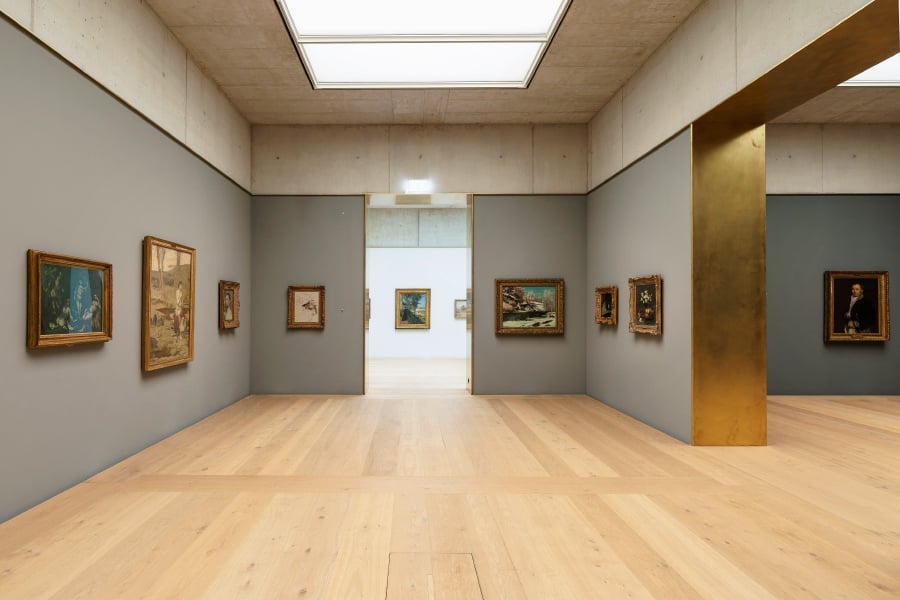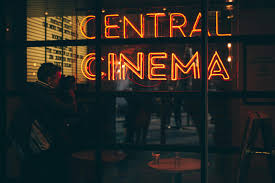The Kunsthaus Zurich museum in Switzerland has decided to remove five paintings from its exhibitions for investigation into whether they were looted by the Nazis. These works are part of the Emil Bührle Collection, named after the German-born arms dealer who profited during World War Two by selling weapons to the Nazis.
The paintings under scrutiny include “Jardin de Monet à Giverny” by Claude Monet, “Portrait of the Sculptor Louis-Joseph” by Gustave Courbet, “Georges-Henri Manuel” by Henri de Toulouse-Lautrec, “The Old Tower” by Vincent van Gogh, and “La route montante” by Paul Gauguin.
The decision to investigate these artworks comes in response to new guidelines aimed at addressing the numerous cultural works still not returned to their rightful owners.
The foundation managing the Bührle Collection expressed commitment to finding fair solutions with the legal successors of the former owners. Additionally, a sixth painting, “La Sultane” by Edouard Manet, will be considered separately, with a potential financial contribution to the estate of Max Silberberg, a German Jewish industrialist whose art collection was sold in forced auctions by the Nazis before he was murdered at Auschwitz.
This move follows an agreement by over 20 countries, including Switzerland, to adopt new best practices from the US State Department regarding Nazi-looted art, marking the 25th anniversary of the 1998 Washington Conference Principles.
These principles serve as a crucial resource for families seeking restitution, as current Swiss law does not allow legal claims for restitution or compensation for works from the Bührle collection due to statutes of limitations.
Up to his death in 1956, Bührle had amassed about 600 artworks, with a large number managed by the Bührle Foundation and displayed at the Kunsthaus on a 20-year loan, while others are kept in the homes of Bührle’s descendants.










